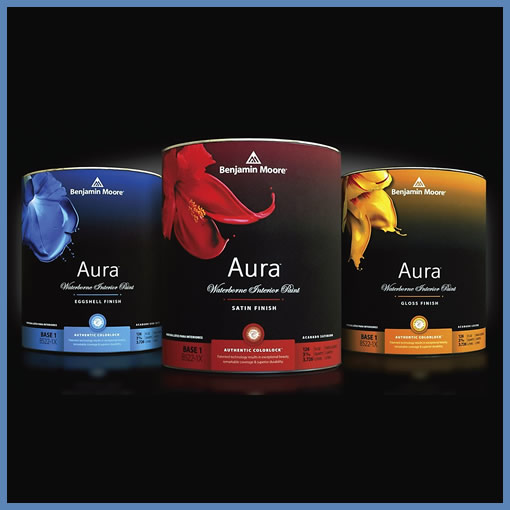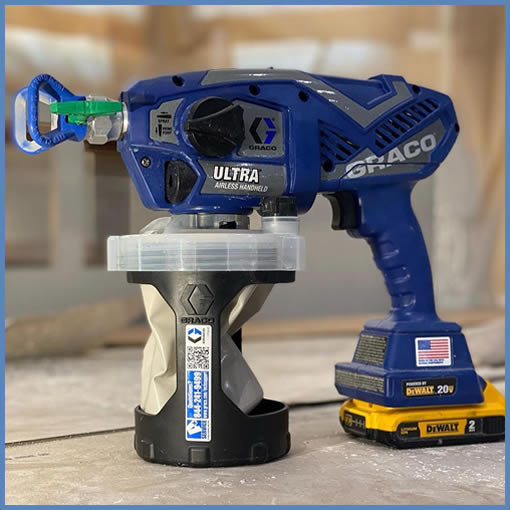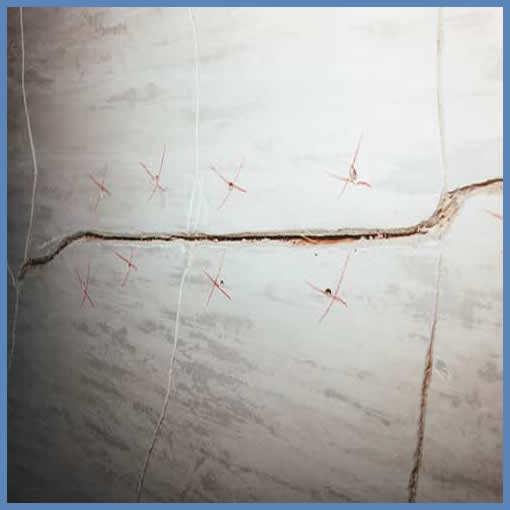When repairing plaster walls, like with many tasks, there is the right way, the wrong way, and a more nuanced ways to get the job done.
First, the wrong way. The worst thing you can do when repairing plaster is to use ready mix drywall joint compound, the stuff in the big five-gallon buckets; just don’t do it. It’s the wrong product, for the wrong application, and is likely to fail.
Surprisingly, the absolute right way is also something we usually recommend against, unless historical accuracy is paramount. The truly correct method of repairing plaster, is to use historically true plaster materials. Brown coat for the base coat and finishing plaster for the finish coat. While ‘just don’t do it’ is not the right advice here, as it is technically the correct way, in most cases, it’s overkill. These products are hard to find and difficult to work with.
So, what is a more nuanced way to go? One that will give us good results with less hassle? Instead of ready mixed joint compound, use a mixed-on site, setting type joint compound like USG Easy Sand. If it is a deep and large repair, do the first coat with USG Durabond (this product is very hard to sand, so use it only as a base coat). Unlike premixed joint compounds, these products dry by chemically setting rather than air drying, they shrink very little (Durabond basically doesn’t shrink at all) and have structural strength on their own. There is no need to use paper tape or patches.
"A more nuanced way to go...one that will give us good results with less hassle."
Before you apply the first coat, it is important to make sure the area to be patched is sound. Additionally, it is also important to wet the existing surface, otherwise the existing wall might suck out the moisture from you newly applied product (this applies to brown coat and finish plaster too).
A Special Note On Repairing Plaster Cracks
With plaster cracks, in addition to the steps outlined above, it is also important to open and widen the cracks into a V shape. An old fashioned triangular can opener works well for this step. And don’t forget to wet the cracks with lots of water prior to application of your Easy Sand mix.
So, to conclude, while the correct way is always the correct way, when finite time and financial budgets exist, as they usually do, the absolutely correct way is not always the best way. Following these steps will get the job done well, at reasonable cost and speed.



Related Articles
If Ben Moore Aura is so revolutionary, why don't more professional painters like it?
Beyond a doubt, the most innovative painting tool in the last 50 years...seriously.
As with many tasks, there is the right way, the wrong way, and a more nuanced way...
Product Brochures
See our recommended Residential, Commercial and New Construction products and download their associated brochures.
Download brochuresMaterial Safety Data Sheets
Download an MSDS for any of our recommended Residential, Commercial and New Construction products, by clicking on the button below.
Download MSDS's



